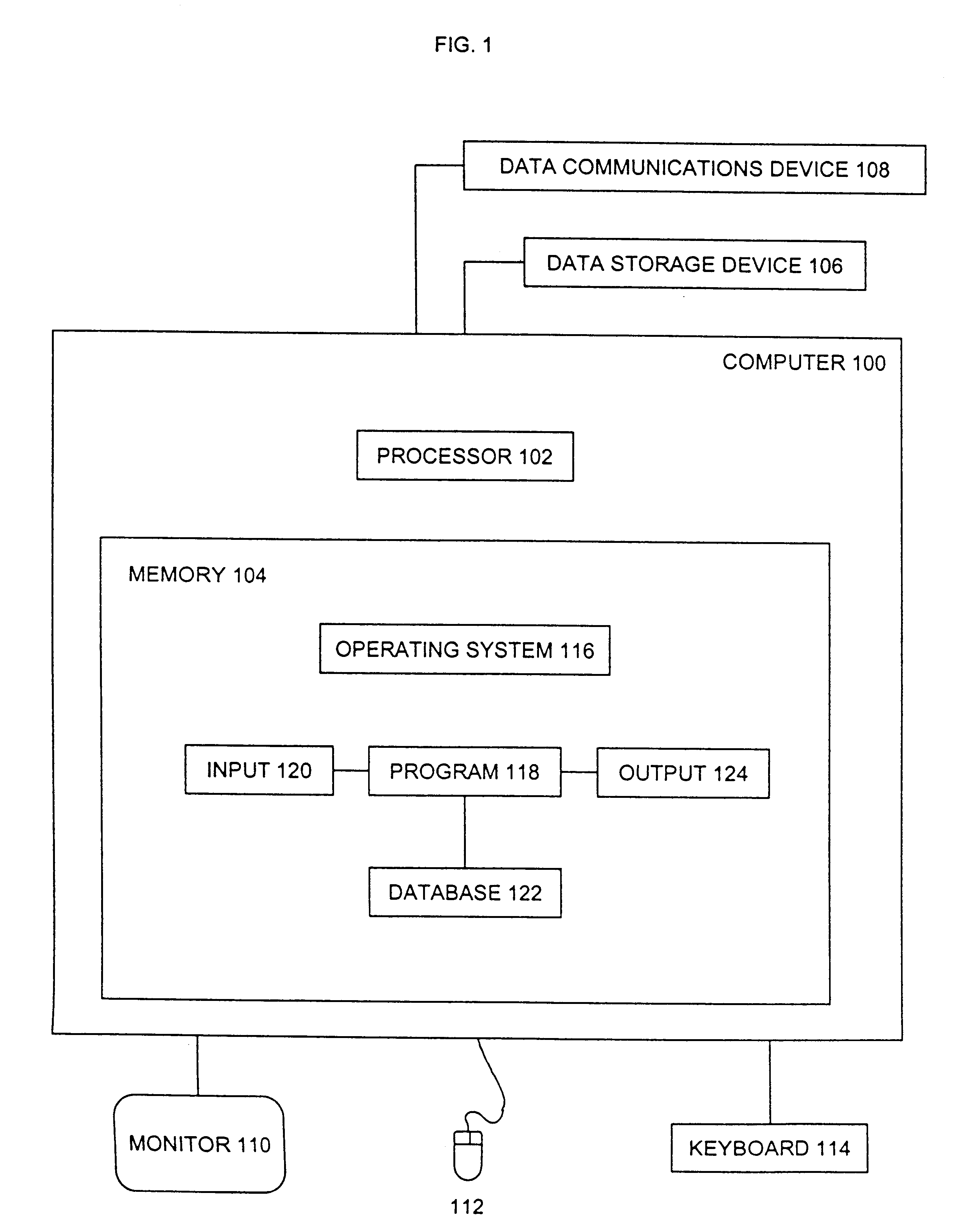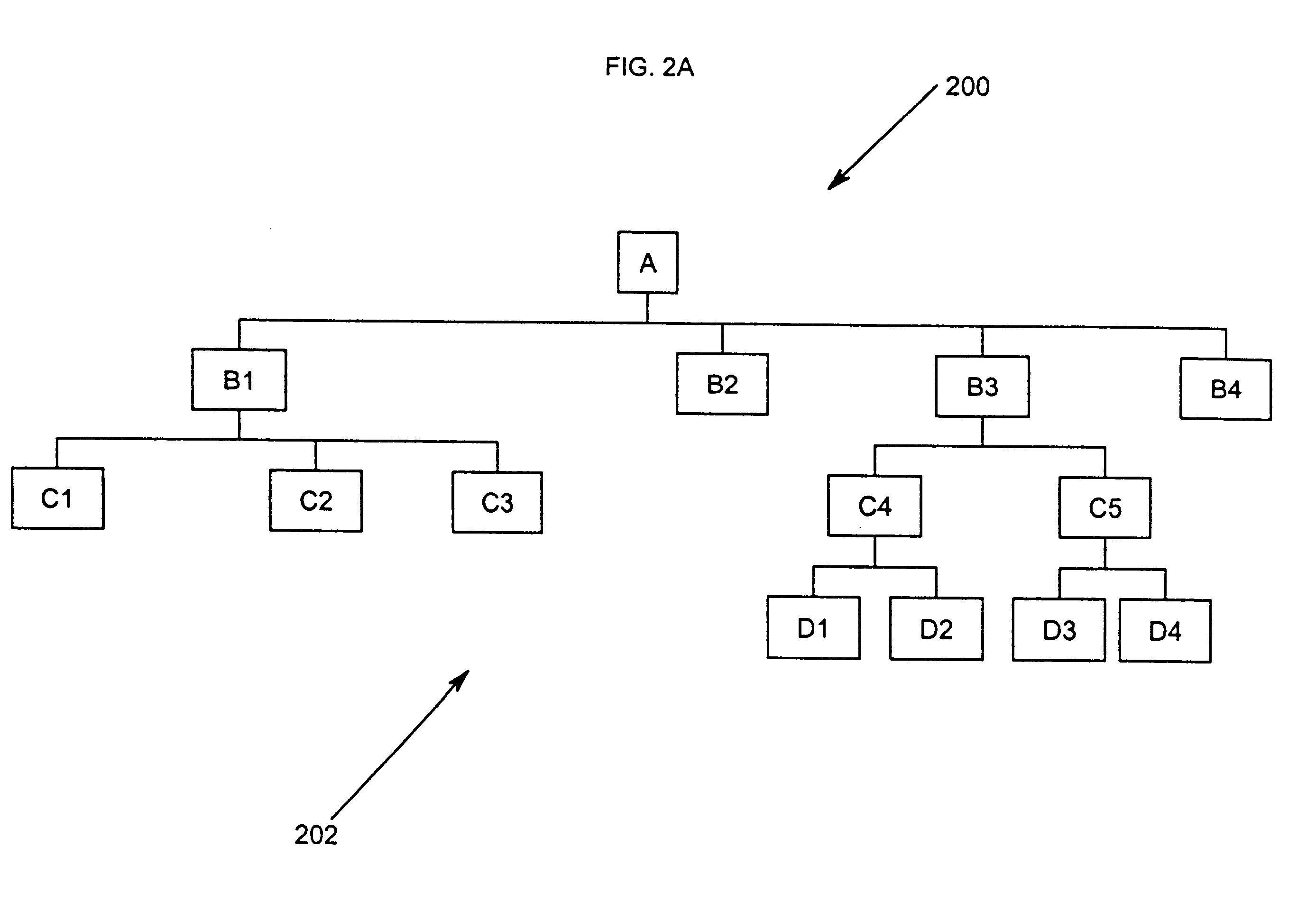Spatial index compression through spatial subdivision encoding
a spatial subdivision and index compression technology, applied in the field of computer aided design (cad) systems, can solve the problems of oct-tree limitation, oct-tree lack of ability to adapt to such a situation, oct-tree cannot handle data, etc., and achieve the effect of reducing the total storage used
- Summary
- Abstract
- Description
- Claims
- Application Information
AI Technical Summary
Benefits of technology
Problems solved by technology
Method used
Image
Examples
Embodiment Construction
In the following description of the preferred embodiment, reference is made to the accompanying drawings, which form a part hereof, and in which is shown by way of illustration a specific embodiment in which the invention may be practiced. It is to be understood that other embodiments may be utilized and structural changes may be made without departing from the scope of the present invention.
Hardware Environment
FIG. 1 is an exemplary hardware environment used to implement the preferred embodiment of the invention. The present invention is typically implemented using a computer 100, which generally includes, inter alia, a processor 102, random access memory (RAM) 104, data storage devices 106 (e.g., hard, floppy, and / or CD-ROM disk drives, etc.), data communications devices 108 (e.g., modems, network interfaces, etc.), monitor 110 (e.g., CRT, LCD display, etc.), mouse pointing device 112, and keyboard 114. It is envisioned that attached to the computer 100 may be other devices such a...
PUM
 Login to View More
Login to View More Abstract
Description
Claims
Application Information
 Login to View More
Login to View More - R&D
- Intellectual Property
- Life Sciences
- Materials
- Tech Scout
- Unparalleled Data Quality
- Higher Quality Content
- 60% Fewer Hallucinations
Browse by: Latest US Patents, China's latest patents, Technical Efficacy Thesaurus, Application Domain, Technology Topic, Popular Technical Reports.
© 2025 PatSnap. All rights reserved.Legal|Privacy policy|Modern Slavery Act Transparency Statement|Sitemap|About US| Contact US: help@patsnap.com



